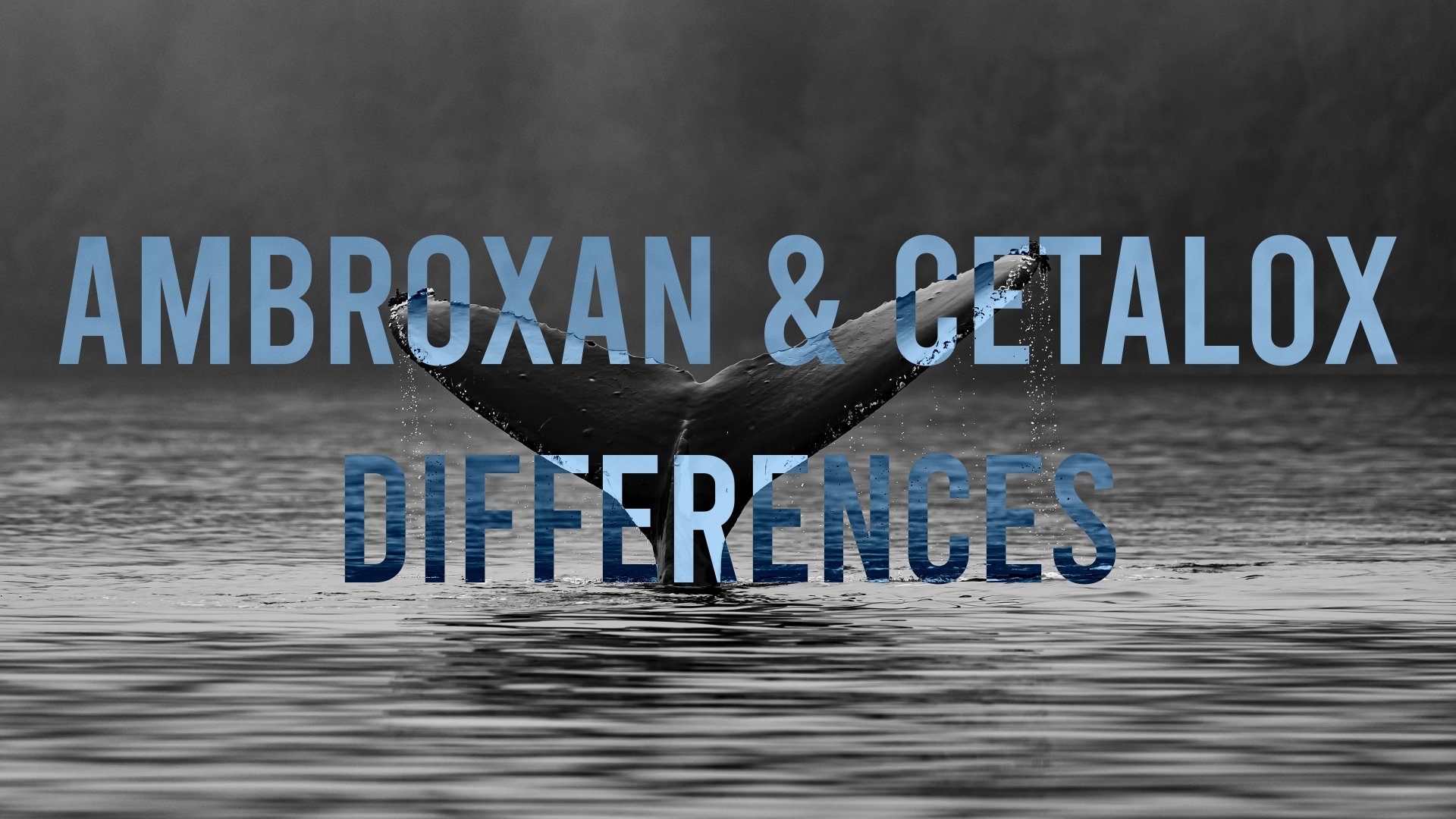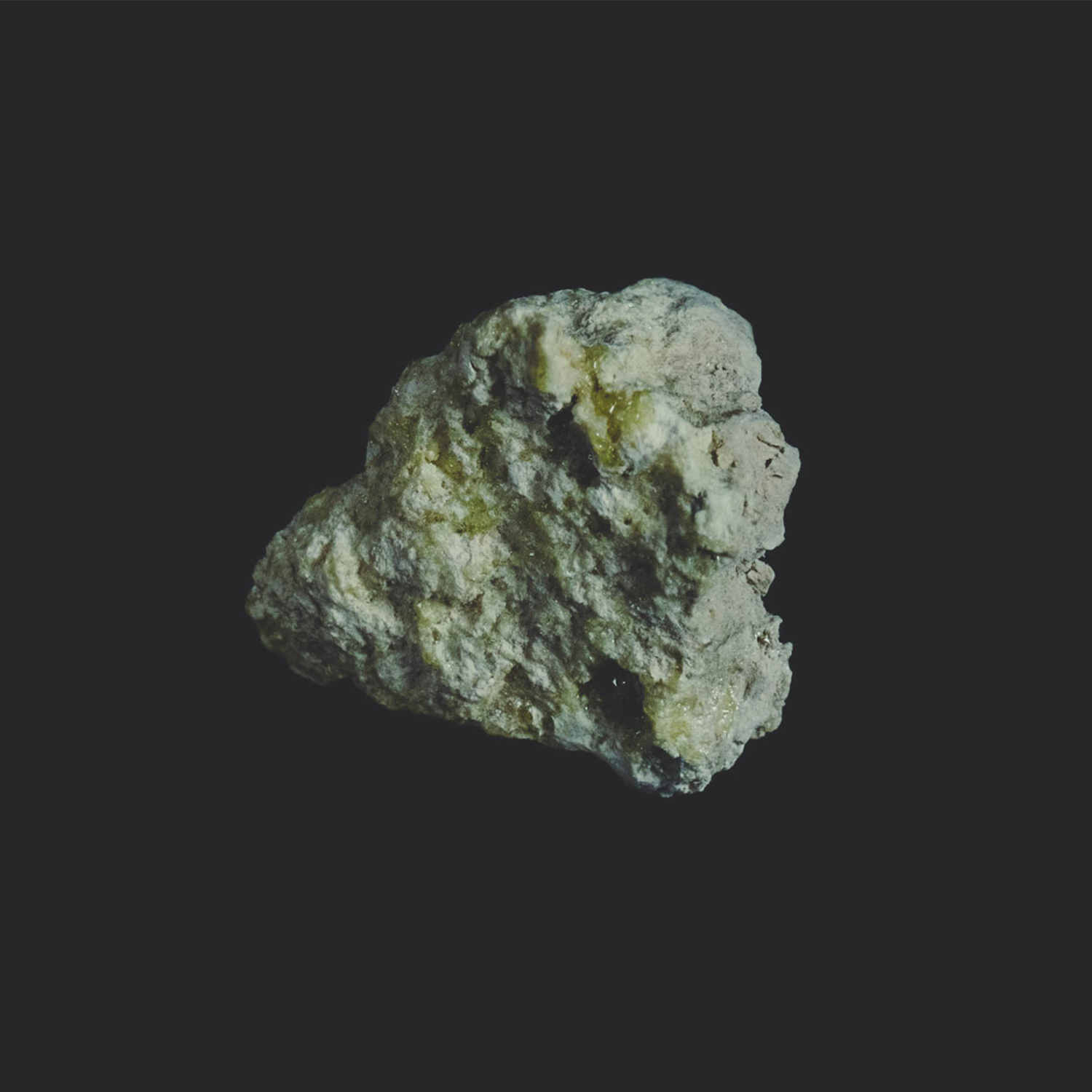Ambroxan® and Cetalox® Differences
Ambroxan® and Cetalox® Differences
Ambra, also called Ambergris or Ambergris, is a substance of animal tissue, formed in the stomach or intestine of Physeter Catodon, the cachalot whale.
Ambergris was already a sought-after fragrance and valuable commodity in ancient times. The Egyptians burned it as an offer or gift, and in the Arabian cultural area, the fragrance was just as well known as in the coastal regions of the Indian Ocean. Ambergris essentially consists of the triterpene alcohol ambreine, together with a series of sterols of the cholestanol type (Janistyn, 1941; Lederer, 1949, 1950). The ratio of the two groups of terpenes apparently determines the quality of the material. Thus, the best samples contain up to 80% of ambreine, while black amber is found to contain 46% of the sterol derivatives (Korzh and Strigina, 1972). A recent sample of average quality yielded 30% pure alcohol in the soluble fraction (Ohloff and Vial, 1977). The size of the steam-volatile fraction, in which the odoriferous principles of ambergris are concentrated, can vary by a factor of 5 (Stoll, 1959) depending on the quality and can reach 0.3 % in good samples (Ruzicka et al, 1948b).
Read more about ambergris in our “ambergris History” blog post.
A little bit of chemistry:
The first chemical analyses of Ambergris are attributed to the French chemists Joseph-Bienaimé Caventou (1795 1877) and Pierre-Joseph Pelletier (1788-1842).
In 1820 they isolate and characterize the Ambrein as the main component, this is practically odorless and was a fixative used in perfumery.
The second component in quantitative terms of ambergris is 24-methyl-5β-cholestane-3α-ol, which together with Ambreine represents about 70-90% of the unexploited mass.
The important olfactory components, the remaining listed structures in which (-)-Ambrox is by far the most important, are generated during the ripening period at sea.
Ambroxan® was discovered at first, making its appearance in the 1940s. Discovered by the French chemists we already mentioned. They both have a Naphtofuran structure. Their smell is in the same category (amber - ambergris) with few differences. While Ambroxan® can have a powerful impact on the fragrance complex and be very noticeable, Cetalox® would impact the complex in a deeper way, making it more animalic (ambergris way) with a little bit less diffusion.
Ambroxan®
Cas: 6790-58-5
EC number 229-861-2
Ambroxan® discovery dates around 1940-1950 and the First partial synthesis happened in 1950 by Firmenich SA.
⚖️ MW — 236.39 g/mol
📝 Odor Type — Ambery
📈 Odor Strength — High, recommended smelling in 10% DPG SOL.
👃🏼 Odor Profile — Ambroxan® smell is ambery. It's close to a mixture of iso e super and ambrox DL. Woody, pine, cedar-like with a green seedy and tea-like nuance. Labdanum notes.
👅 Flavor Profile — Woody and fresh, with a piney and nutty nuance. cedarwood, floral, leather-like, slightly tobacco note, and dry musk-like aftertaste. balsamic amber-like.
⚗️Uses — Ambrofix® is a highly powerful, highly substantive, and highly stable ambery note for use in all applications. The most suitable material for obtaining an authentic ambergris note. Small amounts (< 0.01 ppm) are used as a flavoring in food.
Other Commercial names:
Ambrofix® — Givaudan
Ambroxide® Cryst — Symrise
Ambrox Super® — Firmenich
Ambermor® — IFF
Ambermor EX® — IFF
Cetalox®
Cas: 3738-00-9
EC Number 223-118-6
Trademark was submitted in 1994 from Firmenich SA but the first use was claimed in 1993 (Trademark bank).
⚖️ MW — 236 g\mol
📝 Odor Type — Ambery (main) woody (secondary)
📈 Odor Strength — High, recommended smelling in dilution.
👃🏼 Odor Profile — Warmer compared to ambroxan. An extremely powerful and elegant ambery note with a strong woody character.
👅 Flavor Profile — Not for flavor use
⚗️Uses — Cetalox gives rich, elegant effects to all areas of perfumery from sheer florals to modern orientals. Enhanced richness, warmth and depth can be achieved at lower dosages while, at higher levels, it provides exceptional substantivity and performance.
Other commercial names:
Cetalox® — Firmenich
Cetalor® — IFF
Ambrotech® — Kao Chemicals
Photo by Thomas Lipke on Unsplash
Illustration and text by Fulvio Ciccolo
Drawings cannot be 100% correct, this is an ongoing study and comparison by a human being. Errare umanum est.




